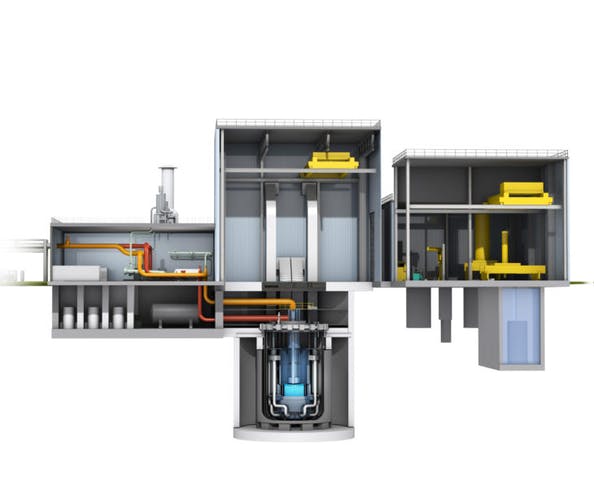Metal fuel with high dosage of low enriched uranium and sodium as refrigerant. A compact plant that will be built in 2028 near a city in Wyoming (US)
TerraPower, the startup co-founded by Bill Gates, has chosen the city of Kemmerer, Wyoming, to install the first demonstration reactor which will see the light in 2028 and which will use the new Natrium nuclear technology.
The site was chosen taking into consideration a number of technical and geological factors, such as the low seismicity of the area, as well as the support of the community that accepted the development of the project on its territory.
The TerraPower facility will cost approximately $ 4 billion, half of which is funded by the US Department of Energy’s Advanced Reactor Demonstration program. The reactor will have an estimated life of 60 years and will provide 345 MW of electricity, but plans include an increase in capacity to 500 MW.
Natrium, stored heat and sodium as a coolant
This new nuclear design is developed by TerraPower and GE-Hitachi, and it takes the registered name of Natrium. The technology uses a sodium reactor to produce heat can be used to generate electricity immediately or be held in thermal storage reserves for hours.
Liquid sodium metal is used as a reactor coolant instead of water. Sodium has a higher boiling point and can absorb more heat than water, which means that high pressure does not build up inside the reactor, reducing the risk of an explosion.
In addition, the whole system is much more compact and the use of sodium as a coolant allows the use of 80% less concrete per MWe than in current large reactors.
As for the fuel, the Natrium reactor uses HALEU, a metal fuel with a high dosage of low-enriched uranium. HALEU belongs to a new class of nuclear fuels in which the uranium-235 isotope content is greater than 5%, but less than 20% with respect the usual ones. The use of the HALEU also contributes to making the dimensions of the reactor more compact.

Natrium plants do not require an external power source to operate their cooling systems, which can be an advantage in the event of an emergency shutdown. In the case of the Fukushima disaster, for example, the tsunami damaged the diesel generators that powered the backup cooling system.
The $ 4 billion cost of the demonstration plant in Wyoming is influenced by the youth of the technology and HALEU fuel not yet available on a commercial scale. When the Natrium design reaches economies of scale, a single plant is expected to cost $ 1 billion.
